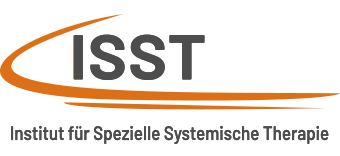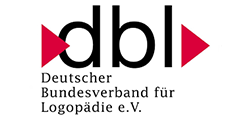After three months of treatment, an improvement in lip strength, mouth posture and tongue positioning was observed with the FaceFormer.
This improvement in lip strength was maximal in the group treated with the FaceFormer and may have depended on age (Fig. 5, 6). With regard to the convenience and simplicity of the individual myofunctional techniques, there were different individual assessments. The FaceFormer was accepted and tolerated well to very well by the majority of patients. The exercises with the FaceFormer were easier to control by the parents and adolescent patients compared to the other myofunctional methods. This also increased the motivation to perform the exercises in the long term.
There was a tendency towards greater improvement in lip strength the younger the children treated were.
Conclusion
The treatment success of myofunctional therapy with the FaceFormer depends on the frequency and duration of use.
Literature
Berndsen, Klaus-Jürgen: Ein einfaches Übungsgerät bringt Hilfe. Zahnarzt-Woche 1, 2000
Garliner, Daniel: Myofunktionelle Therapie in der Praxis. Verlag zahnärztlich-medizinisches Schrifttum. Schmitt, München 1982
Thiele, E. / Clausnitzer, R. / Clausnitzer, V.: Myofunktionelle Therapie. Hüthig, Heidelberg 1992

![stdn-090-01[1] Myoscanner](https://isst-unna.de/wp-content/uploads/2024/03/stdn-090-011.jpg)
![stdn-090-02[1] Federwaage](https://isst-unna.de/wp-content/uploads/2024/03/stdn-090-021.jpg)
![stdn-090-03[1]](https://isst-unna.de/wp-content/uploads/2024/03/stdn-090-031.jpg)
![stdn-090-04[1] Studie Mainz - Nach Behandlung](https://isst-unna.de/wp-content/uploads/2024/03/stdn-090-041.jpg)
![stdn-090-05[1] Studie Mainz - Lippenkraft vor Behandlung](https://isst-unna.de/wp-content/uploads/2024/03/stdn-090-051-320x251.jpg)
![stdn-090-06[1] Studie Mainz - Lippenkraftveränderung](https://isst-unna.de/wp-content/uploads/2024/03/stdn-090-061-320x237.jpg)










